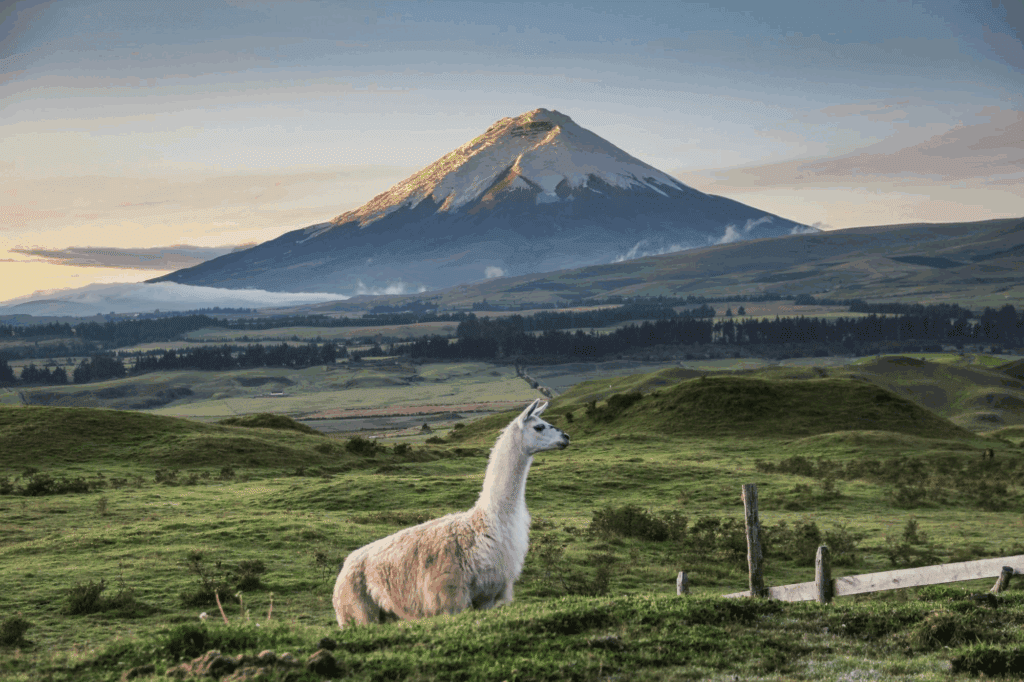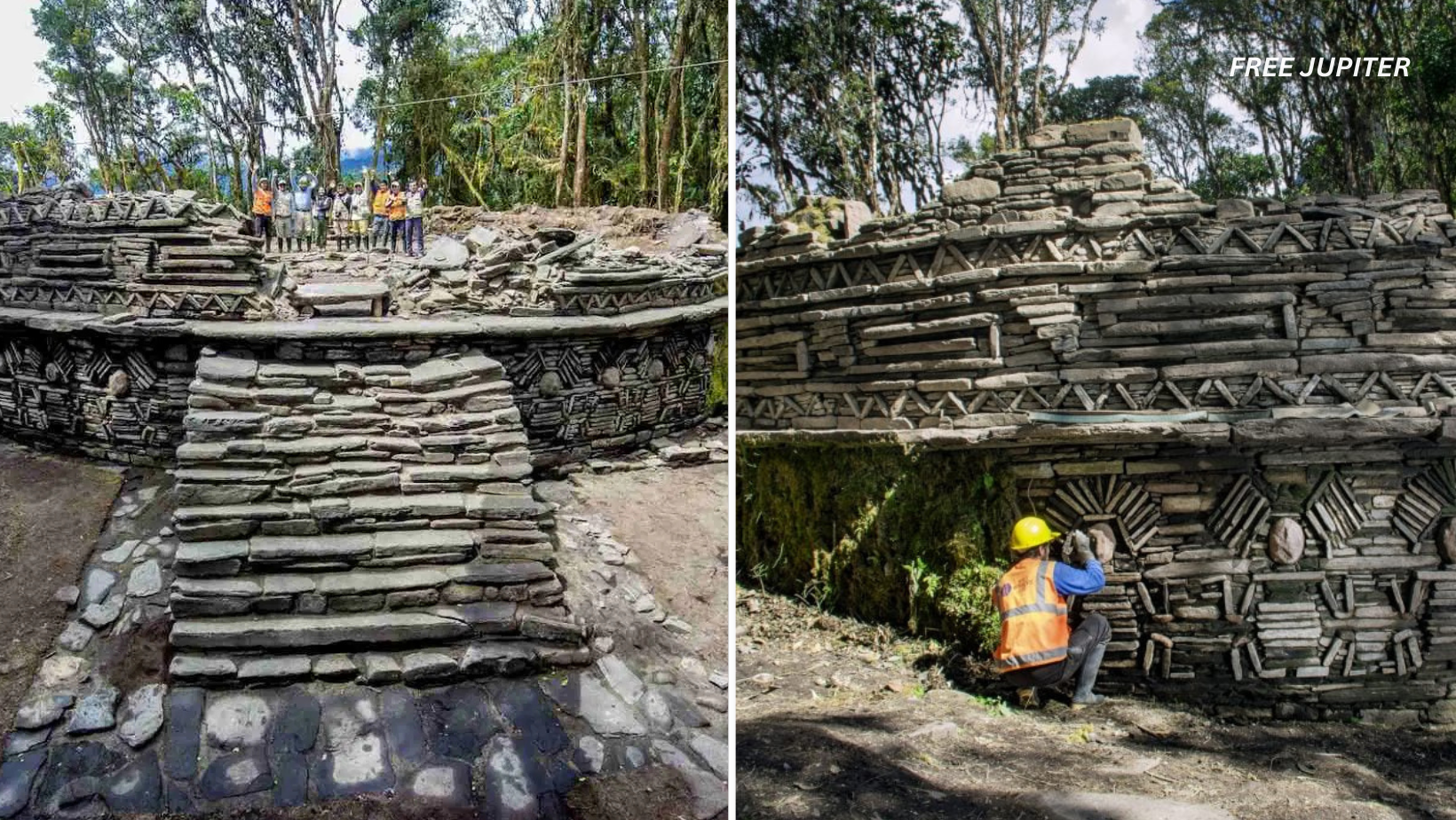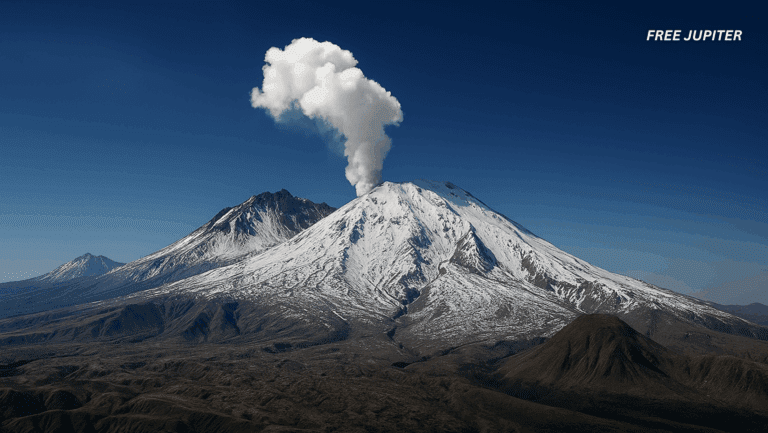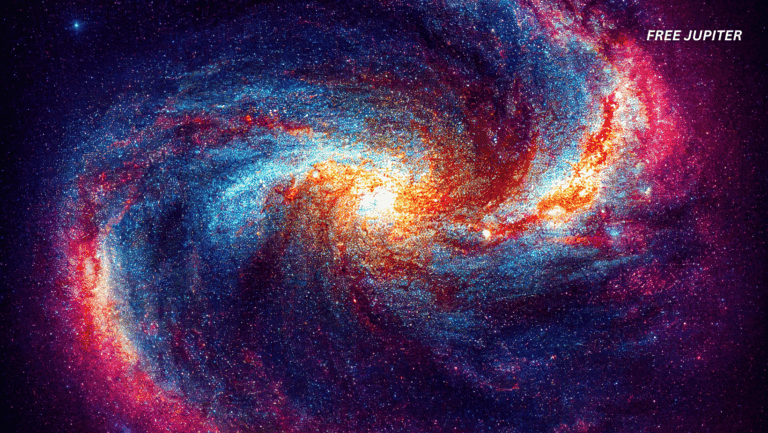Friendly Note: FreeJupiter.com shares general info for curious minds 🌟 Please fact-check all claims—and always check health matters with a professional 💙
More than 100 archaeological structures have just been discovered in the Peruvian Andes, transforming what we know about South America’s ancient cultures. Found deep within the cloud forest, these structures belong to the Chachapoya people, a civilization often overshadowed by the Inca. Using high-tech scanning tools, researchers uncovered a vast network of stone buildings hidden beneath dense vegetation. These findings challenge earlier beliefs and confirm that the Chachapoya were more influential than previously understood.
Gran Pajatén Was Just the Beginning
The site of Gran Pajatén was already known to contain several circular buildings typical of Chachapoya construction. However, recent surveys using LiDAR have uncovered over 100 additional archaeological structures, many completely invisible to the naked eye. These include living quarters, ceremonial areas, storage units, and agricultural terraces, all intricately arranged within the mountain slopes. This advanced layout shows that the Chachapoya were skilled planners and builders who adapted their architecture to challenging terrain.
Read More: Researchers Discover Why Ancient Roman Concrete Has Survived for Thousands Of Years
Who Were the Chachapoya?
Known as the “Cloud People,” the Chachapoya civilization thrived in the northeastern Andes between the 7th and 16th centuries. They were independent for centuries before being absorbed into the Inca Empire shortly before Spanish contact. Their architecture, burial practices, and remote settlements suggest a culture deeply connected to nature and the highland environment. The newly discovered archaeological structures match their architectural style and suggest a larger and more complex society than previously known.
Technology That Changed the Game
The breakthrough came from LiDAR scanning, a remote sensing method that uses laser light to map terrain through dense vegetation. Drones equipped with LiDAR flew above the region, revealing hidden archaeological structures buried beneath centuries of forest growth. Combined with photogrammetry and topographic mapping, researchers built accurate 3D models of the terrain, showing how extensive the site truly is. These digital tools preserved the delicate ecosystem while opening a new chapter in Peruvian archaeology.
Not Just One Site but a Network
Researchers believe the structures found at Gran Pajatén connect to nearby sites such as Cerro Central, La Playa, and Papayas. These interconnected locations suggest a web of settlements rather than an isolated outpost. Each site contains circular buildings and shared architectural themes, indicating regional planning. The discovery of such widespread archaeological structures implies that the Chachapoya civilization had a centralized system and possibly a form of governance to maintain such coordination.
Time Is Running Out to Preserve It
Despite the excitement, the discovery faces real threats. The region is vulnerable to illegal logging, climate shifts, and invasive tourism. If not protected, many of these archaeological structures may be damaged or destroyed before they can be properly studied. Conservation groups like the World Monuments Fund are stepping in with strategies to protect the site. These include limited vegetation removal, digital scanning, and public education campaigns to raise awareness of the region’s cultural value.
Saving the Legacy Digitally
Since Gran Pajatén is remote and not open to the public, experts are working on digital reconstructions of the site. These reconstructions allow people worldwide to learn about the archaeological structures without damaging them. These models offer immersive educational experiences and help train archaeologists in site analysis. The goal is to protect the site physically while sharing its knowledge digitally, allowing global access to a previously hidden culture.
Structures That Tell a Story
The discovered archaeological structures include multi-story buildings, terraces, and sacred sites. Many are aligned with astronomical events, showing that the Chachapoya had knowledge of solar cycles. Intricate patterns carved into the stone reveal their symbolic language, with motifs of birds, animals, and geometric shapes. These findings suggest not only technical skill but also spiritual depth, indicating that these buildings were part of both everyday life and ceremonial practice.

New Theories Are Emerging
These discoveries raise fresh questions about the Chachapoya way of life. Why did they choose such remote and elevated areas for their settlements? Some researchers believe the cloud forest had religious significance, while others suggest a need for protection from enemies. The arrangement of the structures hints at social organization, perhaps by clan or status. There is even evidence of small marketplaces and water management systems, suggesting economic planning and sustainable living.
An International Collaboration
This achievement was made possible through a global partnership. Peruvian archaeologists worked with conservationists, mapping experts, and international scholars. Together, they used non-invasive techniques to study the archaeological structures while preserving the surrounding ecosystem. This method could become a model for future discoveries in fragile environments. It shows that science and conservation can work together without sacrificing accuracy or ethical standards.
Read More: Scientists Discover Two Giant Mystery Structures Lurking Under Africa
A Teaching Tool for the Next Generation
The research team is now using the site to educate young archaeologists. Students from around the world are analyzing the 3D models to learn excavation methods, historical context, and site preservation. Gran Pajatén is no longer just a field site, it is a virtual classroom. By preserving and digitizing the archaeological structures, experts are helping the next generation understand and protect global heritage.
Peru’s Rich Cultural Tapestry
This find strengthens Peru’s reputation as a global archaeological hub. Alongside famous sites like Machu Picchu and the Nazca Lines, Gran Pajatén adds a new dimension to the story. It reminds the world that Peru’s ancient cultures were diverse and highly developed. The Chachapoya are finally getting recognition for their contributions to Andean history. Their stone walls, circular homes, and sacred plazas show a people who valued tradition, science, and spiritual life.
Cautious Tourism Plans Ahead
Though the discovery has captured global attention, authorities are not rushing to open it to tourists. Past experiences with heritage sites have shown that exposure can lead to irreversible damage. The focus remains on protection, not profit. Digital tours and virtual reality experiences are being explored as alternatives. This ensures the site remains untouched while satisfying public curiosity. It is a sustainable way to celebrate heritage without compromising it.
Thoughts on a Historic Find
The uncovering of more than 100 archaeological structures in the Peruvian Andes is one of the most important discoveries in recent years. It expands our view of the Chachapoya civilization and challenges old assumptions. Through smart technology, expert collaboration, and global conservation, we now have a chance to understand a hidden culture that shaped the Andes long before the Inca. Every stone structure uncovered is a message from the past, and every effort to preserve it is a gift to the future.










